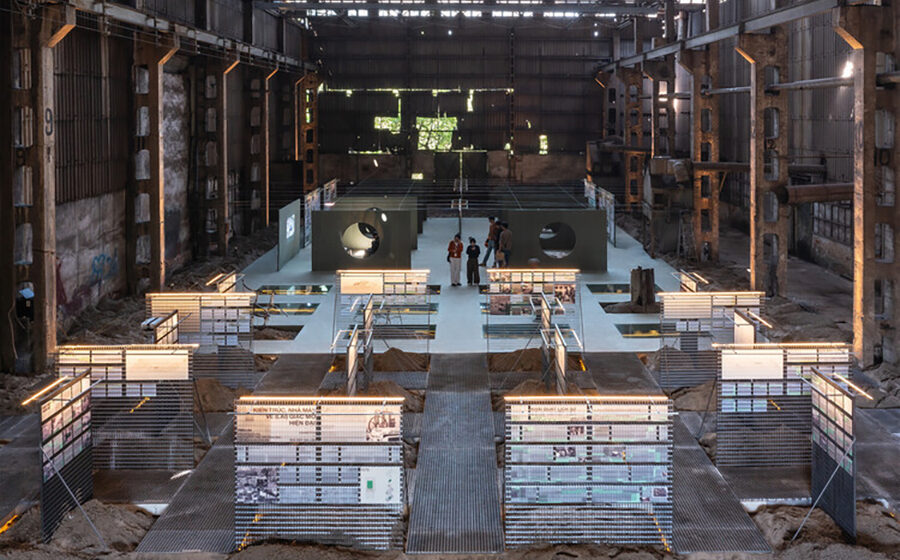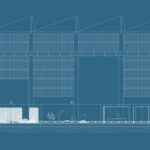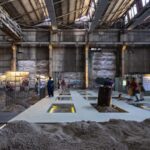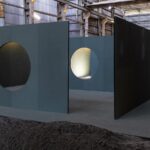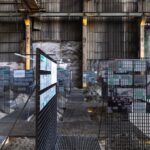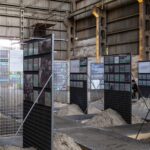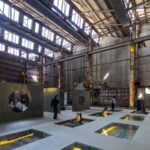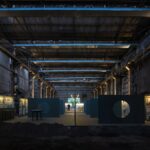The Gia Lam Train Factory, hailed by historian Tim Doling as one of the significant colonial railway works, served as a mechanical depot for train maintenance during the early 20th century. Situated at the convergence of four prominent rail lines, the factory played a pivotal role in shaping Vietnamese history. However, the impending relocation of the factory poses a threat to its historical legacy, prompting urgent preservation efforts.
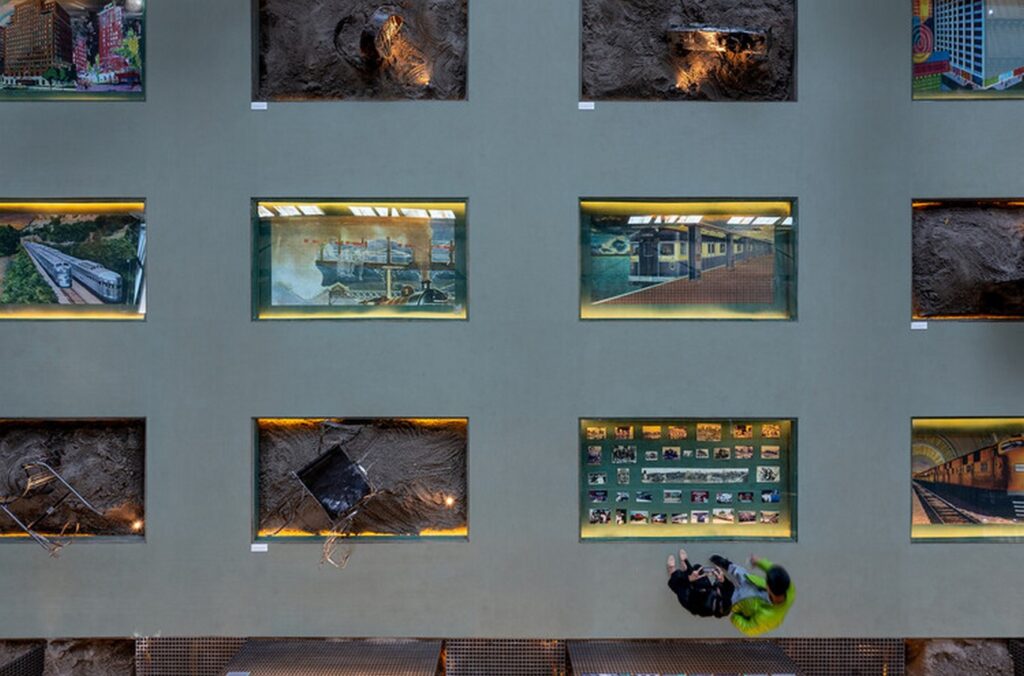
Conceptual Framework: The Grid
Ad Hoc Practice’s intervention, aptly named “The Grid,” offers a compelling narrative of transient urbanism and architectural preservation. Rooted in the ethos of experimentation and repurposing, this project seeks to transform temporality into permanence, challenging prevailing construction paradigms that prioritize speed over historical conservation.
Blending Old with New
At the heart of “The Grid” lies a delicate balance between honoring the factory’s historical integrity and embracing contemporary design sensibilities. Rather than imposing a generic blueprint, the architect meticulously integrates new elements within the existing warehouse structure, creating a symbiotic relationship between past and present.
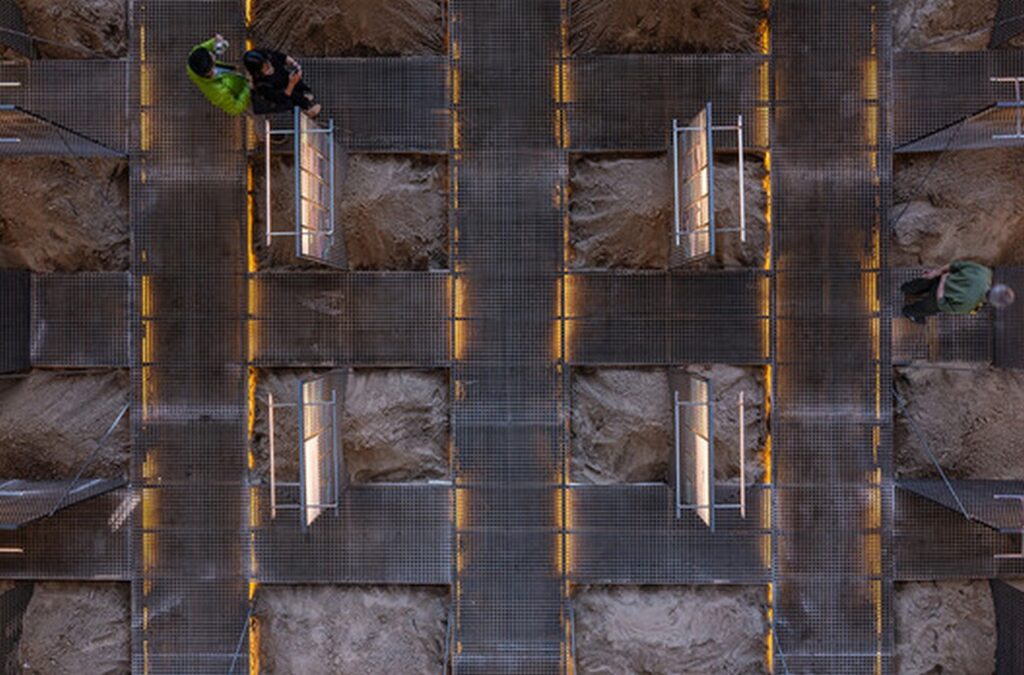
Embracing Historical Continuity
Drawing inspiration from behavioural archaeology, the intervention aims to excavate the site’s rich historical narratives and preserve its profound spiritual resonance. Through meticulous reconstruction and documentation, the factory emerges as a living repository of memories and untold stories, transcending its physical form to become a memorial to bygone eras.
Spatial Organization: The Grid Principle
“The Grid” exhibition space pays homage to Vietnam’s industrial heritage through a meticulously orchestrated spatial organization. Reminiscent of socialist ideologies of equality and efficiency, this grid-based approach fosters a sense of order and purpose while promoting fluidity and flexibility.

Multidimensional Design Integration
At both macro and micro levels, “The Grid” embodies the grid principle, seamlessly integrating various levels of the exhibition space and materials. Metal grating, chosen for its structural integrity and transparency, blurs boundaries between physical elements and surrounding space, creating a dynamic interplay of solidity and dematerialization.
A Testament to Urban Innovation
In essence, “The Grid” represents more than just an architectural intervention; it’s a narrative woven through design. By bridging historical legacies with contemporary creativity, this project revitalizes forgotten spaces into vibrant cultural showcases, setting a precedent for thoughtful urban planning and design innovation.

Conclusion: Shaping Future Urban Landscapes
As cities evolve and expand, initiatives like “The Grid” serve as beacons of urban innovation, preserving historical heritage while embracing future possibilities. Through strategic interventions and creative reimagining, we can ensure that the stories of our past continue to resonate within the fabric of our cities, inspiring generations to come.

